Creating the best radar systems in the world for the application in question is an ambitious undertaking. Dr. Christian Tschoban from Fraunhofer IZM and Paul Perlwitz from TU Berlin are working on precisely this: The two scientists have developed a radar kit for 24, 60, and 79 GHz applications with a range of 0.1 to 260 meters and a resolution of less than 5°.
Superlatives are a funny thing… They have a way of stopping you in your tracks. It happened most recently at a regular event in my calendar. Every Thursday, there is the online seminar “Packaging and interconnection technology”, an internal seminar series organized by Fraunhofer IZM and TU Berlin. And two months ago, Christian Tschoban and Paul Perlwitz from the Radar Frontends & Smart Sensor Systems department made such a superlative claim in their talk on the “Development of a Radar Building Kit as a Starting Point for Technology Projects”.
Reason enough for me to interview the two IZM scientists and finally get to the bottom of the questions: What exactly do Fraunhofer IZM’s radar experts mean when they talk about their kit? What advantages and unique selling points does it offer? Which radar applications could it be interesting for? Ultimately, it was a good opportunity to challenge them on the goal they were speaking in superlatives about: Developing the world’s best radar systems for the application in question.
I have to admit that I have some issues with the term “radar toolbox”. This is why one of my first questions to Christian Tschoban and Paul Perlwitz was about the term “toolbox” in the context of radar sensors.
Radars developed according to the Lego principle
They quickly cleared up my confusion. It is not a “toolbox” in the strict sense of the term, but a “construction kit” that they are talking about. Most of us associate that term with wood, metal, or plastic building blocks or other construction-type playthings. Even Tschoban and Perlwitz are referring to what some people call the Lego principle when they speak of a construction kit: Instead of developing new radar modules from scratch every time they start a research project, the team takes advantage of a modular system already in place and further optimizes various components for the respective application.
Serial and modular construction is fast and cost-effective and can be high quality at the same time. Instead of planning new buildings as one-offs, for example, the housing industry has modelled its construction techniques on industrial manufacturing processes taken from the automotive industry. Car manufacturers have long used the same platform for different cars. The prerequisite for planning – be it a standard house or a vehicle – is to first design the necessary modules as prototypes that can later be mass-produced.
Johannes Sommer outlined his idea of applying the Lego principle to the development of radars in his master’s thesis in 2016. Tschoban and Perlwitz took up this idea and, under the leadership of the TU Berlin, implemented it for the first time in 2017 in the ZIM project “Railways” with two application areas: high performance and low energy. “The project used radar sensors with two different frequency ranges. However, the processing was to take place on a shared mainboard, so that multiple project partners could read out, control, and process the data further,” explains Paul Perlwitz. “We very quickly recognized the benefits of this approach and took advantage of it in subsequent projects.”
The magic word is standardization. Instead of always trying to answer the same questions over and over again – Which processor do we use? How do we control the RF components? How do we write the software? How do we design and build the circuit boards? – the scientists consistently use certain process steps, selected modules, and assemblies in a uniform manner.
“The time savings are enormous, whether you use the entire radar platform or just parts of it in new projects. We save resources. At the same time, we have to perform significantly fewer tests, because we have the certainty that our modules work,” Perlwitz elaborates.
Universal Radar Platform: Ready to Plug&Play
“The strength of our radar platform is its universal architecture. It is ready to plug-and-play for even the most diverse applications and technologies,” Christian Tschoban adds with deserved pride. “Over a period of five years, we have created a universal platform on which interface modules, radar modules, and even the mainboard can be exchanged without risk of failure for the most diverse 24 and 60 GHz applications.”
The kit is based on different radar principles, hardware designs, and software blocks. These building blocks can be reassembled and refined depending on the project. “We are currently working on expanding the building block for 79 GHz applications,” adds Tschoban. There is a lot of interest in the IZM radar portfolio. Other research institutes and manufacturers are already in contact with Fraunhofer IZM.
How the modular system evolved
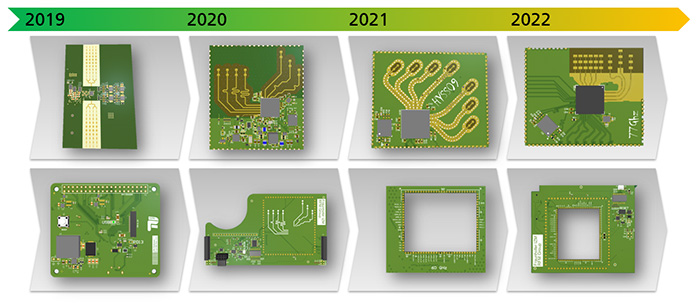
2017 – 2020 ZIM-project RAILWAYS
This project involved the development of a radar platform for applications in cargo and passenger rail transport. Together with international partners from the rail transport industry, the researchers undertook comprehensive development work, which included the development of a system platform and two radar modules (24 and 60 GHz) on the part of the TU.
Building on this work, the researchers turned the 60 GHz board and mainboard into a Raspberry Pi-compatible platform on their own initiative. This enables direct operation with the Raspberry Pi to make data processing simpler.
2019 – 2022 Project DAYSI
To help communication in the care of people suffering from dementia, Fraunhofer IZM was involved in the development of an interactive table equipped with radar and communication technology. One goal was to develop a 60 GHz radar front-end system that allows patients to control a game projected onto the table surface by gestures alone.
- Compatible parts (antennas/PDN/data processing) from the existing module were used
- New antennas were developed to fit the specific requirements
- Interface hardware was developed for contactless charging
- mm-wave substrates were integrated for the 60 GHz WLAN interfaces
- A 60 GHz radar front-end system for gesture controls was designed
- A Bluetooth module and RFID interface were developed
2019 – 2022 Project OmniConnect
The BMBF-funded project OmniConnect focused on connecting and navigating physical objects indoors using radar beams and passive tags. With the technology, moving objects or even people can be located in enclosed spaces. On top of indicating their position and movement, more information about the objects can be transmitted and connected.
The highly integrated systems operate at frequencies in the 60 GHz band, are only 25 square centimeters in size, and are harmless to humans. Moreover, the passive tags do not require their own power supply. The technology is suitable for use in the care sector, for example to protect people at risk of falling.
- Radar sensor for motion detection and person/object identification via passive radar tags
- Radar kit updated with new sub-assemblies, components, and power supplies as well as a new form factor (system board with 4 radar modules)
- Integration of the 60 GHz radar system into everyday object (ceiling lamp)
- Data processing via FPGA
2022 – 2024 Project AKIRA-UTM
In this still active project, the participating project partners are developing a concept for a ground-based radar platform to reliably and permanently locate automated drones up to a flight altitude of 100 meters.
Fraunhofer IZM is working on the following innovations:
- 3D patterning technology for 3D MIMO antennas
- Calibration of 2 to 3 radar sensors on one drone for 360° all-round visibility
- Radar MIMO architecture for a radius of up to 500 m
Safer urban skies: Controlling drone aviation above German cities
Most problems are not uniform, but include different bits and pieces
In our conversation, the two researchers repeatedly emphasize the importance of understanding, documenting, and ensuring the functionality of the chips, boards, and digital signal processing technologies. Many radar chips only have a signal frontend, that is, to operate them, a microcontroller and FGPA processor must also be added. “There are currently only a few manufacturers who offer a chip with complete signal processing capabilities,” Tschoban explains. The advantage is that once you can handle this chip, you can build radar systems very quickly and easily.
Tschoban and Perlwitz now know this chip inside out. They have even gone one step further. “We have designed our radar antennas, so that they are not optimized for a specific chip. That means, with our universal platform, it’s (theoretically) possible to swap out the chip.” Thanks to the uniform interfaces, the advantages of the Lego principle come into their own with the radar kit. Any element can be swapped out without sacrificing functionality.
“If you change one thing, subsequent problems can only come from that one thing. This step-by-step approach helps us immensely in our search for possible sources of errors. We’re no longer looking for a needle in a haystack like we used to in the past.” In the beginning, researchers were faced with a sea of problems: Why aren’t the antennas working? Why can’t the mmIC be addressed? Why isn’t the software working? Instead of modifying 20 building blocks at once, as they used to, the team now focuses on adjusting a maximum of one or two elements per project. This gives the IZM researchers more time and leeway to adapt the applications to the respective software and hardware.
“Our experience and the approach we have chosen both benefit our clients“, Perlwitz knows. „Right from the start of a project, we can supply them with trial modules to test and optimize a first set of applications.” And while the client is busy with running the trials and seeing how the radar platform could be embedded in their system, the researchers at Fraunhofer IZM can adjust the modules, interfaces, antennas, and functions. This two-lane way of working is another win-win outcome for both sides.
Work on the kit is far from done. For the next step, the team plans to make the radar module even smaller and more powerful and to be able to address new applications.
Good, better, best: Novel radar antennas and innovative packaging concepts
In order to make the components in the package as compact as possible and to transfer them to new technology applications, IZM researchers are continuing to work on the radar platform. Keep reading to find out how.
When asked how they manage to do this and where they reach physical limits, Tschoban and Perlwitz explain: “The size of the board is significantly influenced by the antennas and their spacing. The antenna size, in turn, is adapted to a specific wavelength, e.g. 60 GHz. The distance between the antennas must correspond exactly to this wavelength.”
There are several ways to shrink the antennas. For example, it is possible to do without one or two antennas if you compromise on the resolution. Another alternative is to increase the frequency to 77 GHz and beyond. As a result, smaller antennas could be used, which together take up much less space than they would at lower frequencies.
The team has demonstrated that both of these approaches work with MIMO planar antennas, on PCB mmIC as a cast WLP package, and planar antennas on glass interposer mmIC as a bare die. Their next plan is to implement 3D antennas with compression molding (MID). With 3D antennas, where chips and antennas are stacked on top of each other, the size can be reduced even further. This is particularly interesting for even higher-frequency applications (above the 79 GHz band).
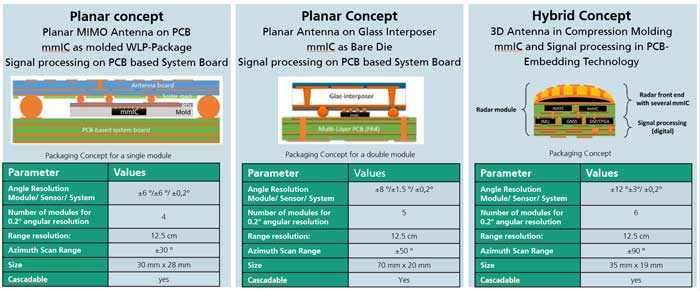
“We receive numerous inquiries about compression molding and panel-level packaging. Many of our contacts are interested in radar modules with 3D antennas,” Tschoban explains. “A second topic that is increasingly in demand with us is embedding.”
This demand is also reinforced by the fact that requirements for radar sensors are getting tougher: Car manufacturers, for example, want real-time data processing The current state of the technology would deliver a set of data about the distance between a vehicle and an object/person and the probability that their path will cross.
On the pulse of the market: The radar applications of the future
If you want to understand why demand for radar systems and applications has been increasing in recent years, just take a look at the automotive industry. In the 1990s, radar applications in the automotive sector turned out to be a game changer. The industry became instrumental for spurring on the development of radar sensors. They became smaller and cheaper to produce, in turn generating more interest in more commercial and industrial applications.
The price of radar sensors has dropped significantly in recent years. In addition, with more computing power available and through the use of artificial intelligence, data can be analyzed much better and faster today. Tschoban’s assessment is optimistic: “We firmly expect radar sensors to be used increasingly in commercial applications such as home automation and also in the medical sector in the future. This is in addition to automotive and industrial applications, e.g. for intelligent automated guided vehicles (AGVs).”
“Another plus point from a data protection perspective is the privacy-friendly nature of radar sensors,” adds Paul Perlwitz. “Radar is increasingly being used for public safety purposes. Whether it’s monitoring parking lots, train stations, or detecting people indoors, radar sensors can track the movement of both objects and people without them worrying about being watched.” Instead of generating a vast amount of visual data, radar sensors generate “point clouds” or, in a sense, “traces”. This type of data is much easier to analyze and process than high-resolution camera images.
To return to the opening statement of this paper: By understanding the requirements of radar applications and using advanced technologies in electronic packaging and embedding, which are constantly being advanced at Fraunhofer IZM, Tschoban and Perlwitz are indeed well on their way to developing the best radar systems in the world.
Outlook…
Fraunhofer IZM is currently involved in the development of a distributed sensor and data processing platform for radar-based 3D environment sensing for safer autonomous vehicles. As part of the BMBF project PLATON, a 360° MIMO FMCW SAR radar will be used as the sensor, directly integrated into edge computing modules. The thinking is that intelligent automated guided vehicles (AGVs) that navigate without additional infrastructure or drones that monitor wind turbines at high resolution require sophisticated 3D sensor technology with AI-based evaluation and control systems.
Anyone who would like to learn more about the radar platform or strike up a conversation with Fraunhofer IZM’s radar experts will have the opportunity to do so in March at Embedded World 2023 (Hall 4, Booth 422) and in May at Sensor+Test 2023 (Hall 1, Booth 1-317) in Nuremberg.
Scientific Publications
- Development of a PCB-Embedding Technology based-79GHz MIMO Radar Fronted Module for Autonomous Driving, C. Tschoban et al., 2022 IEEE 24th Electronics Packaging Technology Conference (EPTC), Singapore, Singapore, 2022, pp. 40-46
- Development of a 60GHz MIMO Radar Packaging Concept, Tschoban, C., Dilek, S., Ndip, I., Lang, K.-D., Schneider-Ramelow, M. et al., 2021 23rd European Microelectronics and Packaging Conference and Exhibition, EMPC 2021
- Development of a glass technology based 79 GHz MIMO radar front-end module for autonomous driving, Tschoban, C., Rossi, M., Reyes, J., Ndip, I., Lang, K.-D., 2019 IEEE 21st Electronics Packaging Technology Conference, EPTC 2019 9026581, pp. 376-381
- Miniaturized 24 GHz radar positioning transponder module, Fritzsch, T., Tschoban, C., Böttcher, M., Phung, G.N., Lang, K.-D. et al., Smart Systems Integration 2019 – International Conference and Exhibition on Integration Issues of Miniaturized Systems, SSI 2019 pp. 57-64

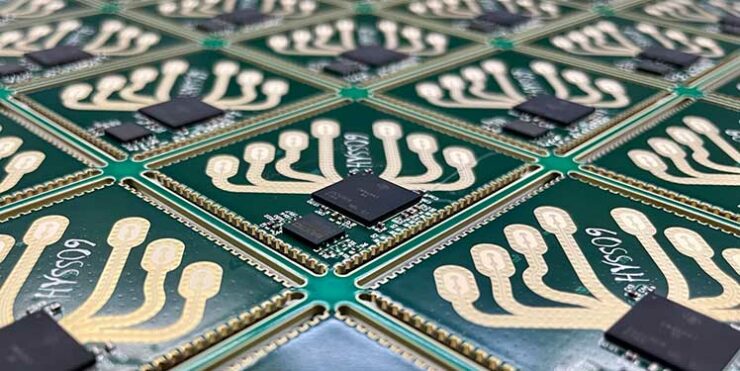

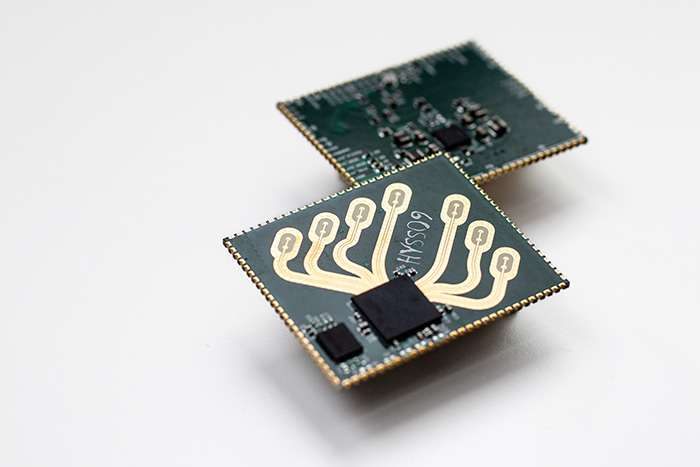
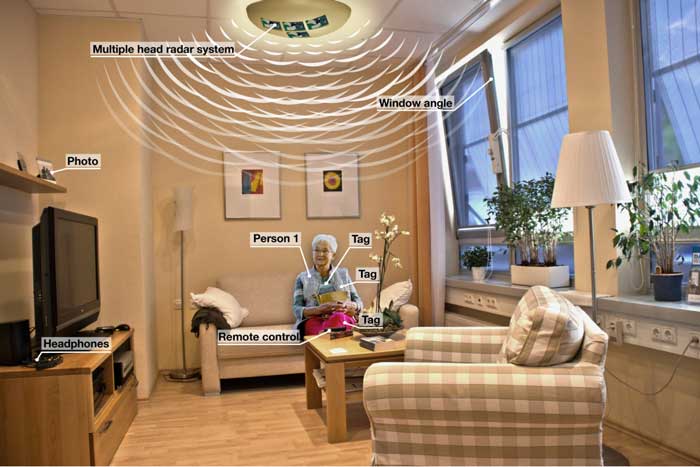
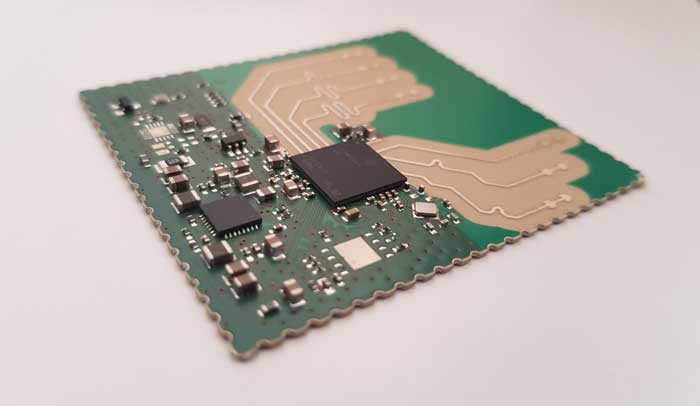
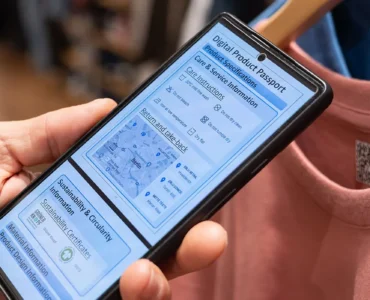
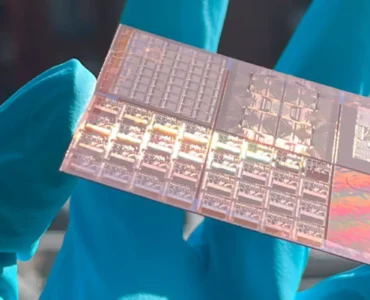
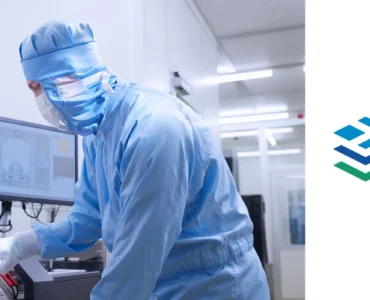
Add comment